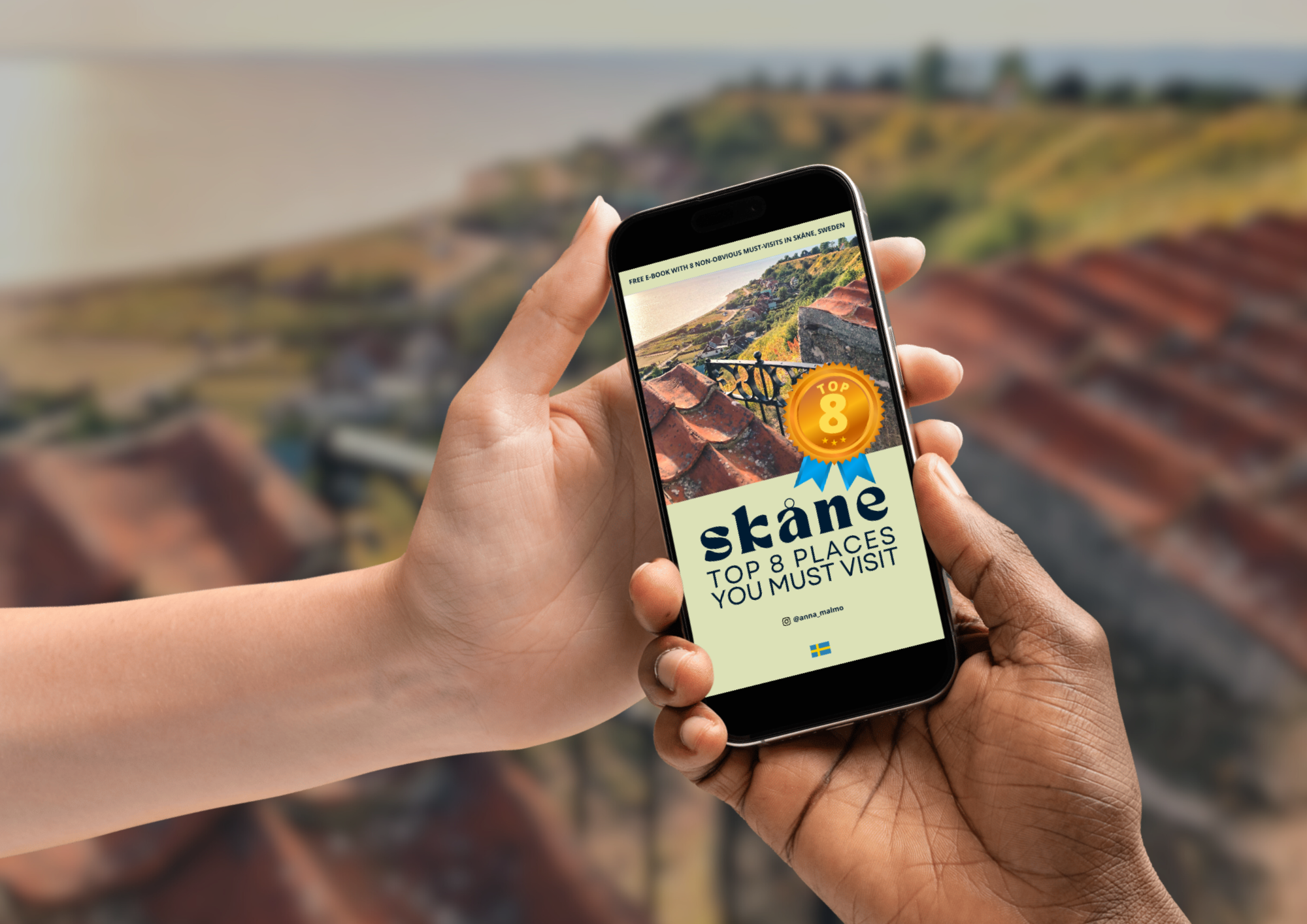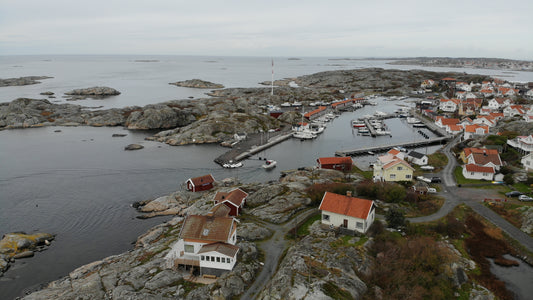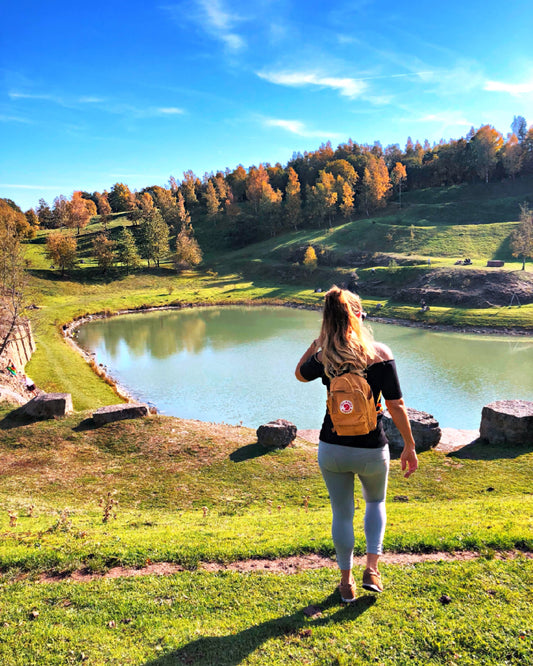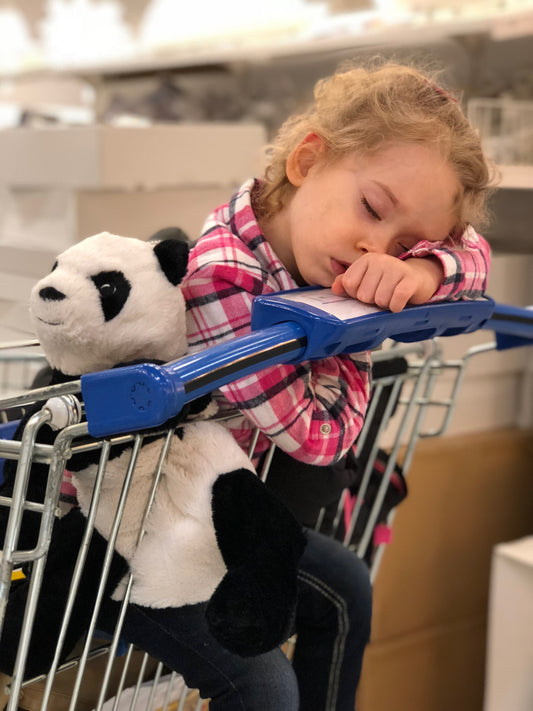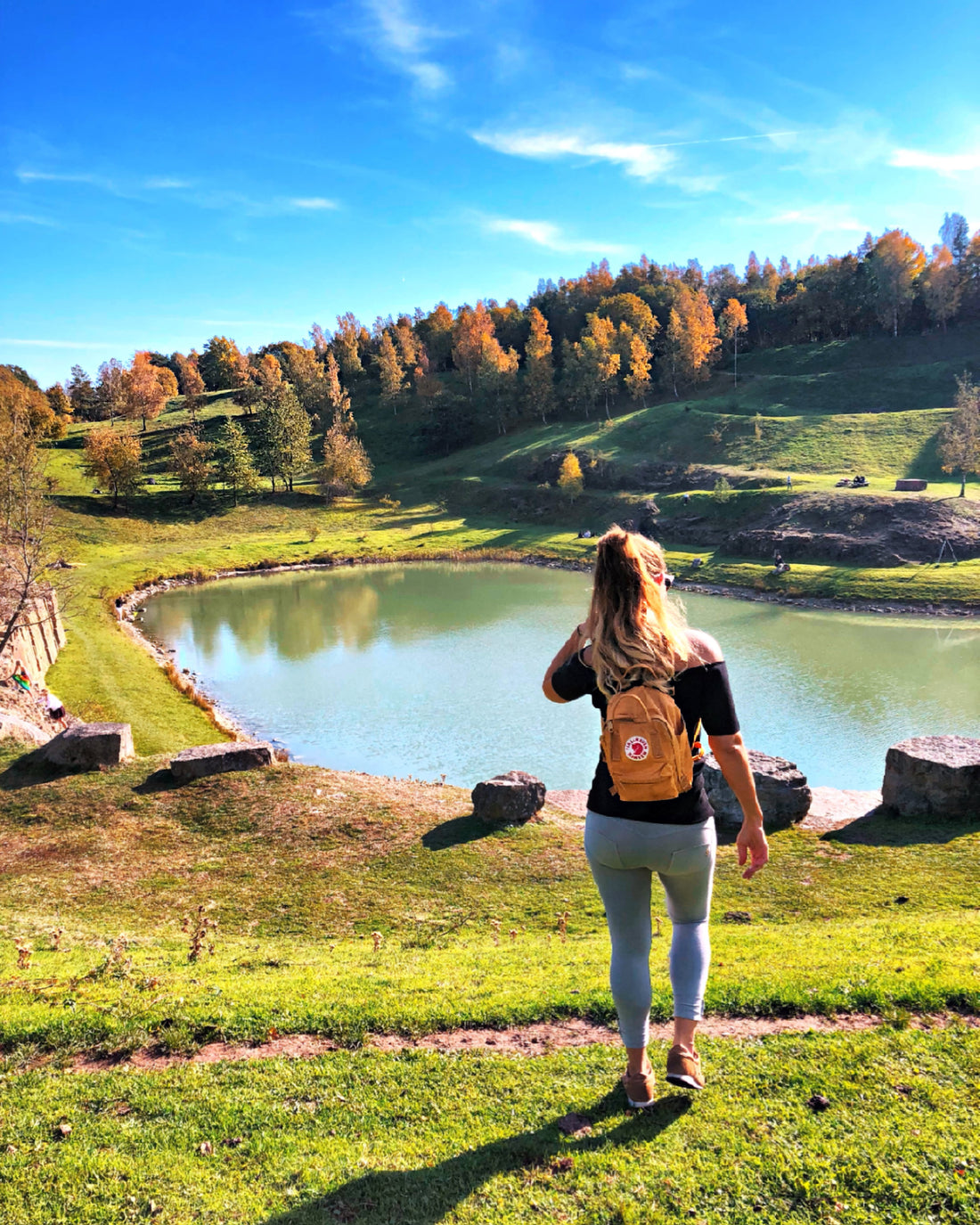
11 Common Mistakes Tourists Make in Sweden
Share
I often get messages from people preparing for their first Big Swedish Trip, and I’m always happy to offer advice on how to prepare, what to pack, and what to skip. Sweden is such a unique and sometimes exotic country that certain things can catch you off guard. Here are some of the most common mistakes travelers make when planning a trip to Scandinavia:
1. Forget about cash
Many tourists prefer exchanging money at currency exchange offices to avoid fluctuating rates and bank fees. However, bringing cash to Sweden is a mistake, as the country is on its way to becoming a fully cashless society. This reduces financial fraud and allows the state to monitor money flow (large transfers require an explanation in Sweden). While foreign visitors might get a polite smile at the store, seeing a Swede paying with cash is rare. Many places in Sweden are entirely cash-free (kontantfri or cash-free signs can be found at entrances). You can pay everywhere with cards, mobile apps, or SMS payments (Swedes use “Swish,” a mobile payment service, for everything from buying a car to tipping street performers). Also, exchanging cash runs the risk of getting old banknotes that are no longer valid. Another fun fact: Sweden has no coins for small change, so if you pay with cash, prices are rounded up to the nearest full krona.
MY TIP: Before your trip, check your bank’s fees for using your card abroad. If the fees are high, consider a travel-friendly credit card or foreign currency account. Prices in Sweden are listed in Swedish kronor, so even euros may not help.
2. No, you can’t pitch a tent anywhere
Allemansrätten (the “right of public access” in Sweden) is often misunderstood by tourists. If you’ve heard that you can set up a tent, build a shelter, or pick and eat whatever you find in Sweden, you’re mistaken. There are rules to follow.
MY TIP: You have the right to walk, cycle, ski, and set up a tent on most land, including private property, except on cultivated land and in private gardens (stay at least 150 meters from homes). You can pick flowers, mushrooms, and berries (unless they’re protected species), but hunting animals is forbidden. You can swim in any body of water, even using a non-motorized boat, unless prohibited. You can camp for one night as long as you’re not disturbing anyone or invading their privacy. For longer stays, you’ll need the landowner’s permission. Keep in mind that you can’t light campfires between April 15 and September 15 in forests or nearby areas. Nature reserves and protected areas may have their own rules, so check before setting up camp. The golden rule is: leave no trace and respect the environment.
3. Swedes are not “cold and unfriendly”
It’s true that you shouldn’t expect anyone in Sweden to rush to open doors, help with bags, or give up their seat – unless you ask. No one will assume you’re weaker or less capable for any reason. Two words that define typical Swedish behavior are distance and respect. Swedes maintain an appropriate distance from others – from new acquaintances, old friends, work, private life, politics, and even their royal family. This comes from the deep respect they have for others’ time, personal space, and feelings, as well as for themselves.
MY TIP: If you ask for help, you’ll get the best service you could hope for, with a smile, full commitment, and kindness. And they’ll do it in English or even through gestures if needed! Show your appreciation by respecting Swedish customs – don’t be loud or chaotic, and be polite. Also, don’t mistake friendly service from waiters or staff as flirting – they’re just genuinely kind and focused on customer satisfaction.
4. Sweden’s climate is unpredictable, not just cold
In southern Sweden, the climate is similar to much of Northern Europe. If anything stands out, it’s the frequent strong winds, especially along the coast. The weather can be very unpredictable – temperature swings within a single day can be significant, and you might experience sun, clouds, rain, and wind all in a matter of hours. Thunderstorms are rare, but it rains often. Also, the sun here can be deceiving! When it comes out, it can raise the temperature significantly, and 20°C in Sweden can feel more like a warm beach day in other places.
MY TIP: Bring clothing for all kinds of weather and dress in layers. Download a good weather app with radar to stay updated, but be prepared for rapid weather changes – forecasts are often reliable only for a few hours ahead.
5. Buying alcohol requires planning
Many tourists are caught off guard when they realize they can’t easily buy alcohol in Sweden. Alcohol above 3.5% can only be purchased at government-run stores called Systembolaget. There are just over 400 of these stores across Sweden, and they operate under strict hours.
MY TIP: You can buy non-alcoholic drinks or beverages with up to 3.5% alcohol in any store. For stronger drinks, use Google Maps to find the nearest Systembolaget. They’re usually open from 10:00 to 19:00 Monday to Friday, and 10:00 to 15:00 on Saturdays. They’re closed on Sundays and public holidays. Systembolaget offers a wide selection of alcohol from around the world, but be prepared – it’s expensive.
6. Sweden isn’t always expensive
Contrary to what you might expect, prices in Swedish stores are comparable to those in other European countries. Some products are even cheaper. The biggest price difference is in meat, which is eco-friendly and produced under strict regulations in Sweden, making it much more expensive. Clothing and electronics, however, can often be cheaper.
On the other hand, services, hotels, and dining out, especially alcoholic drinks in restaurants, can be pricey. But keep in mind, Swedes earn significantly more on average than in many countries, so the higher costs are often balanced by higher wages.
MY TIP: Don’t get hung up on converting currencies – it’ll only sour your mood. For groceries, choose budget-friendly stores like Willy’s, Netto, and LIDL. Look for “all you can eat” buffet restaurants where you pay upfront. Car repairs are also expensive, so make sure your vehicle is in top condition before your trip.
7. Don’t worry about dietary restrictions
If you have food allergies, are vegan, lactose intolerant, gluten-free, or following a specific diet, Sweden is a haven. Grocery stores stock a wide variety of products catering to all dietary needs, and allergen information is clearly labeled. In restaurants and cafés, staff are knowledgeable and accommodating, especially if you ask about ingredients and substitutes. Larger cities, like Malmö, offer a diverse range of restaurants catering to specific dietary preferences.
MY TIP: There’s no need to pack food for special diets – most things are readily available. In restaurants, don’t hesitate to inform the staff about your dietary restrictions, and they’ll be happy to help with substitutions. If you can’t find something specific, try looking in international stores, which are common in larger cities.
8. Tap water is safe to drink everywhere
While camping recently, we realized that finding bottled water in Sweden is harder than you’d expect. Why? Because in Sweden, everyone drinks tap water. The tap water is clean, safe, and delicious.
MY TIP: There’s no need to bring bottled water – just carry a reusable bottle and refill it from the tap. In cities, you’ll also find designated public water fountains. Sweden is one of the most eco-friendly countries in the world, so take advantage of the clean tap water!
9. Don’t crush cans and bottles
In Sweden, crushing cans and bottles is a big no-no. Sweden has an advanced deposit-return system for recycling empty containers. It’s a win for everyone: the state, the people, and the environment.
MY TIP: Look for the word “PANT” on cans and bottles. If it’s there, you can return the empty containers at a recycling machine in supermarkets and get a receipt for the deposit (pant), which you can use to reduce your shopping bill. If you don’t want to return them, leave them next to the bin (this isn’t considered littering) for “pant collectors” to find. Just remember: cans and bottles cannot be crushed!
10. “Tourism” has a different meaning here
If you’re used to seeing souvenir stalls, food trucks, and endless rows of cafés in tourist destinations, Sweden might surprise you. Even in popular spots like Ales Stenar, a famous attraction in Skåne, you might find only one person selling coffee from a tiny “bike café.” In the most charming towns, you won’t find an abundance of guesthouses, apartments, or rooms for rent.
MY TIP: If you love collecting souvenirs and spot something you like, buy it when you see it. You may not get another chance. If you’re looking for accommodation and want to avoid pricey hotels, look for hostels, hiking lodges, or cabins at campgrounds, or consider bringing a tent.
11. Don’t be afraid to travel with kids
Many parents worry about traveling with children due to logistics, but Sweden is one of the most family-friendly countries you can visit. The infrastructure and public services are designed with families in mind – from public restrooms to family parking spaces, stroller parking, ramps, elevators, playgrounds, parks, and understanding Swedes.
MY TIP: Don’t hesitate to travel with kids – Sweden makes it easy, and you’ll find plenty of conveniences for families. You can easily find baby essentials and snacks in stores, and restaurants often have microwaves for heating food. If you need anything special, larger cities have international stores where you can find what you’re looking for.

